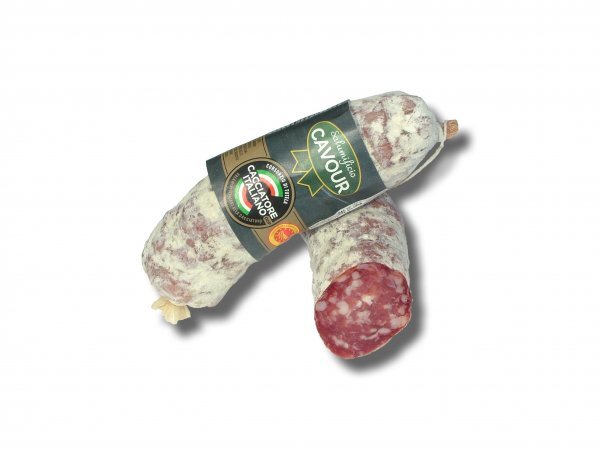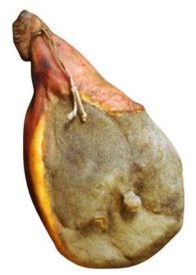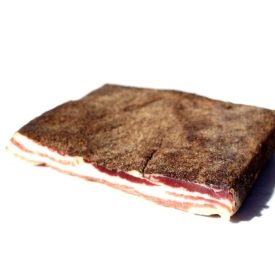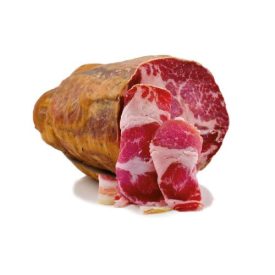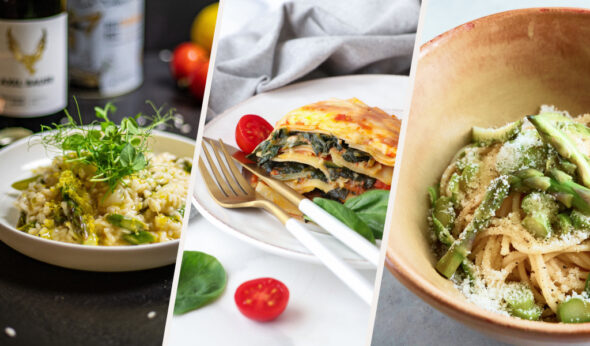The inimitable Italian Salamino alla Cacciatora DOP, made with the noble cuts of pork, salt, pepper and a pinch of garlic.
Cacciatorino – Approx. 150g
£6.09
Availability: 6 in stock
| Weight | 0.2 kg |
|---|---|
| Ingredients | Pork, Salt, Dextrose, Spices, White Wine. Antioxidant: E301. Preservatives: E252, E250. Gut Inedible. Gluten Free, Lactose Free |
| Region | Piemonte & Valle d'Aosta |
| Categories | Salami |
Related Recipes
Cacciatorino – Approx. 150g
{{ reviewsTotal }}{{ options.labels.singularReviewCountLabel }}
{{ reviewsTotal }}{{ options.labels.pluralReviewCountLabel }}
{{ options.labels.newReviewButton }}
{{ userData.canReview.message }}

